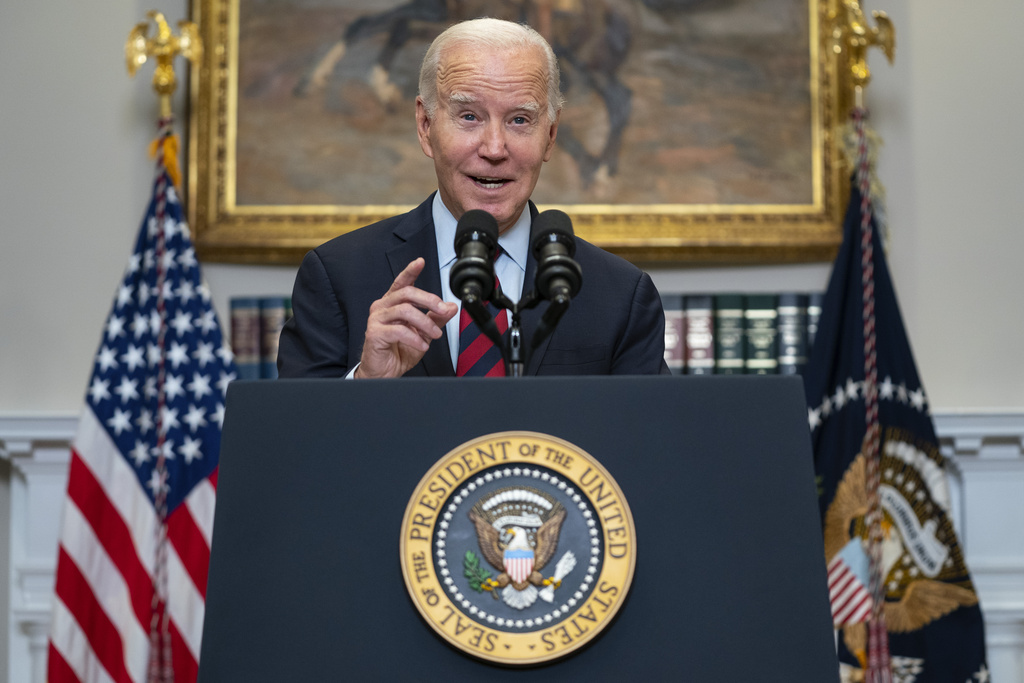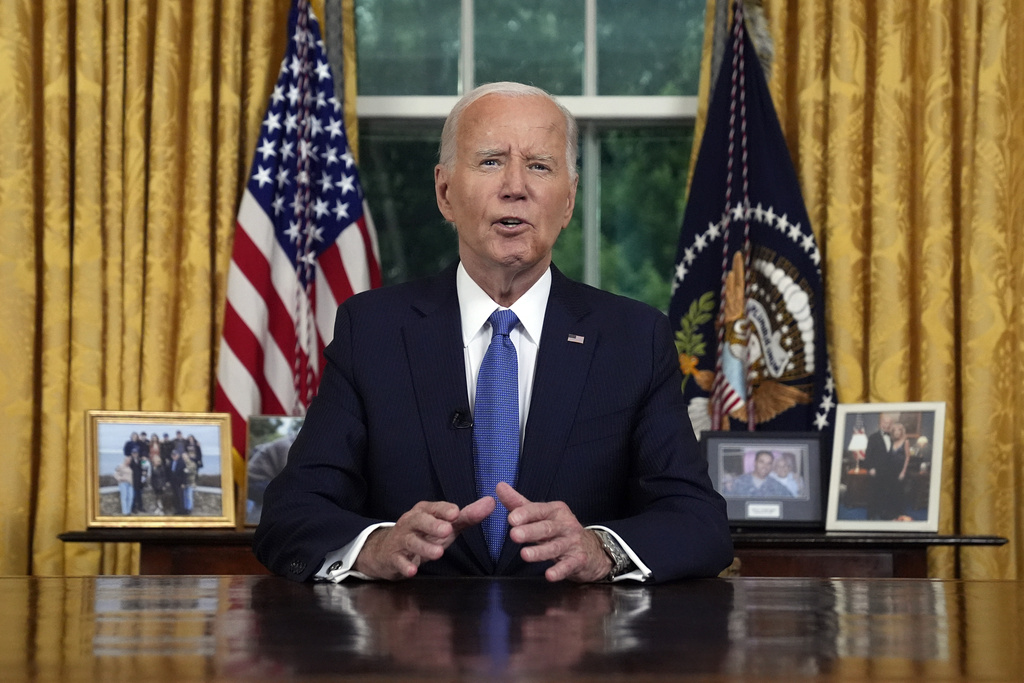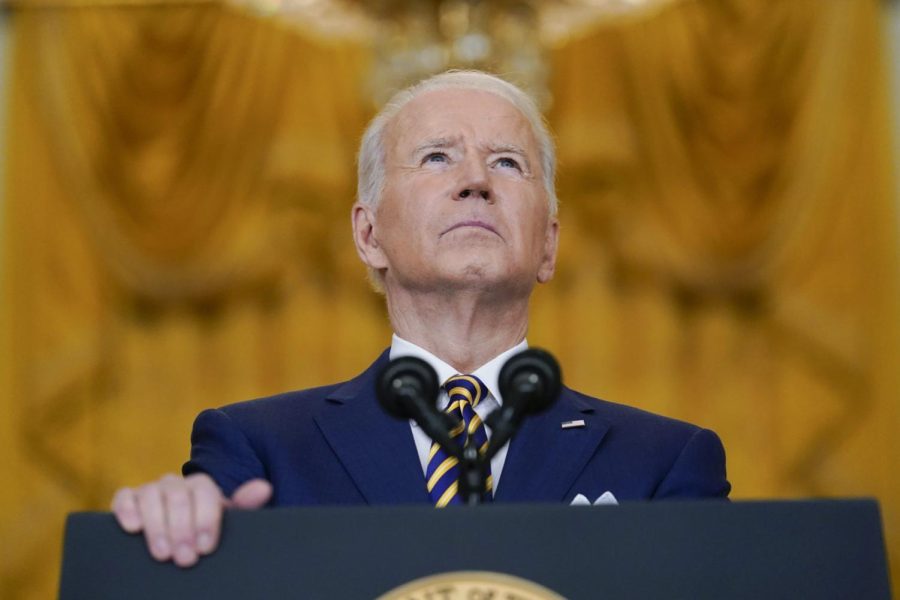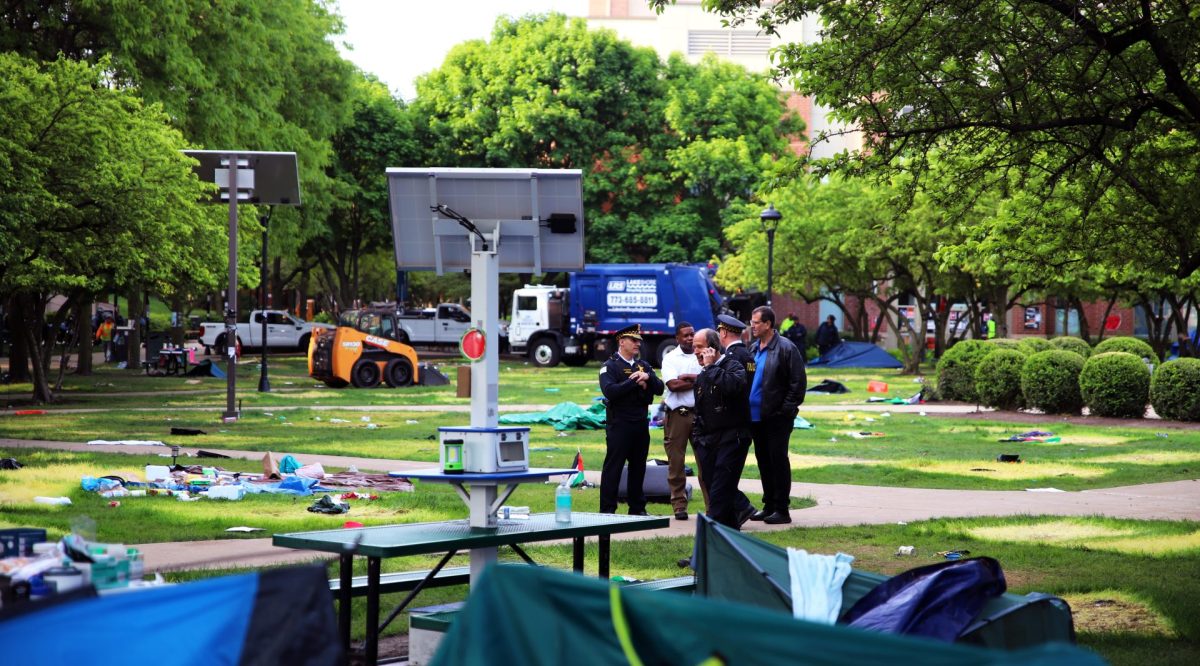In June, the Supreme Court shot down President Joe Biden’s student loan forgiveness plan due to the Biden administration overstepping its powers. On Oct. 11, the Biden administration held their first meeting to try again to cancel student debt.
DePaul senior Natalie Aguilar said Biden’s initial student loan forgiveness plan brought many people a sense of relief. Still, since the Supreme Court blocked it, she said she lost hope in the Biden administration making any student loan forgiveness plan a reality anytime soon.
“As much as I would like to have hope, I think this will not be a possibility,” Aguilar said. “It is unfortunate our own government does not see the value of educating and aiding its people, as we are the future generation that will keep our economy running.”
In August, Biden and his administration started their second attempt to cancel student debt with a new plan, the Saving on a Valuable Education (SAVE) plan.
The SAVE plan is “an income-driven repayment (IDR) plan that calculates payments based on a borrower’s income and family size – not their loan balance – and forgives remaining balances after a certain number of years,” according to the White House’s website.
The plan intends to cut many borrowers’ monthly payments to zero, save other borrowers about $1,000 per year and prevent balances from growing because of interest. Ultimately, the Biden administration claims this plan will help students with loans get “closer to forgiveness faster” by canceling more than $116 billion in student loan debt for over 3 million Americans.
The national student loan debt in the U.S. is $1.766 trillion. There are 43.6 million people who have federal student loan debt.
This time around, the Biden administration is assessing the proper protocol to make this plan a reality, according to R. Craig Sautter, editor and publisher of “College Bound: Issues & Trends for the College Admissions Advisor” and part-time faculty member in DePaul’s School of Continuing and Professional Studies. He said the announcement of the SAVE program and the initial set-up meetings are steps in the right direction, especially since the plan is not yet challenged.
Though the initial steps being taken are good for the program’s set-up, Sautter said the Republican Party will always be more likely to challenge this issue than accept it, not only at the Supreme Court level but also on a congressional level.
“If it’s a really broad program, it’ll be challenged again by Republicans, for sure,” Sautter said. “It’s going to cost $600 billion or more and (then) taxpayers have to pay off student loans. So that’s the objection here.”
Sautter said critics of the student loan forgiveness plan see three possible outcomes.
They worry it will create a financial burden on people who did not go to college. They also fear it will add to inflation and give colleges the “green light” to continue raising tuition. This is the Republican’s biggest criticism, according to Sautter.
Sautter said that despite these criticisms, he thinks the real problem is the cost of college. Isabella Hansen, a DePaul senior, said she had to take out government loans to pay for her tuition.
To some extent, Hansen said the forgiveness plan should depend on the student’s financial status.
“Therefore people who make less money would have a higher percentage of their loans forgiven,” Hansen said.
Hansen said the administration should keep pushing the new plan until they are successful.
“I do think eventually it will become a reality for students, but I do not think it will be a reality in the very near future,” Hansen said. “I can’t say I think it will get passed before I graduate.”
Aguilar said she is still pessimistic.
“As much as I would like to hope Biden and his administration would fight for the student loan forgiveness program, I don’t think it will even pass Congress again,” Aguilar said. “But I hope an agreement can be made in order to help students out with their loans.”
Sautter said if students feel strongly about this issue, they should make sure to engage in local and national elections to make change.
“The future is yours, but you’re gonna get what older people are dictating for you unless you can get in there and vote,” Sautter said.








